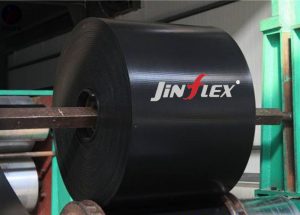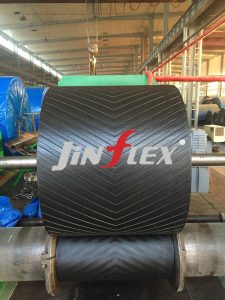The production of two-component rubber hoses typically involves a multi-step process. Here is a general overview of the steps involved: 1. Raw Material Preparation: The two components of the rubber are typically a base polymer and a curing agent. These materials are weighed and mixed in the appropriate proportions to achieve the desired properties. 2. Mixing: The base polymer and curing agent are typically mixed together in a specialized mixing machine. This process ensures that the components are evenly distributed and fully blended. 3. Extrusion: The rubber compound is then fed into an extruder, which heats the material and applies pressure to push the compound through a die. The die shapes the rubber into the desired hose profile. 4. Vulcanization: The extruded rubber hose is then vulcanized, which involves subjecting it to heat and pressure. This process activates the curing agent, causing the rubber to crosslink and form a solid structure with improved mechanical and chemical properties. 5. Cooling and Cutting: After vulcanization, the rubber hose is cooled to stabilize its structure. It is then cut into specific lengths according to customer requirements. 6. Quality Control: Throughout the production process, various quality control measures are implemented to ensure the final product meets the required standards. These may include dimensional checks, visual inspections, and testing for physical properties such as tensile strength, elongation, and resistance to chemicals or temperature. 7. Packaging and Shipment: The finished rubber hoses are typically packaged, labeled, and prepared for shipment to customers or distribution centers. It's important to note that the specific manufacturing methods and equipment used may vary depending on the particular requirements and specifications of the rubber hoses being produced.


